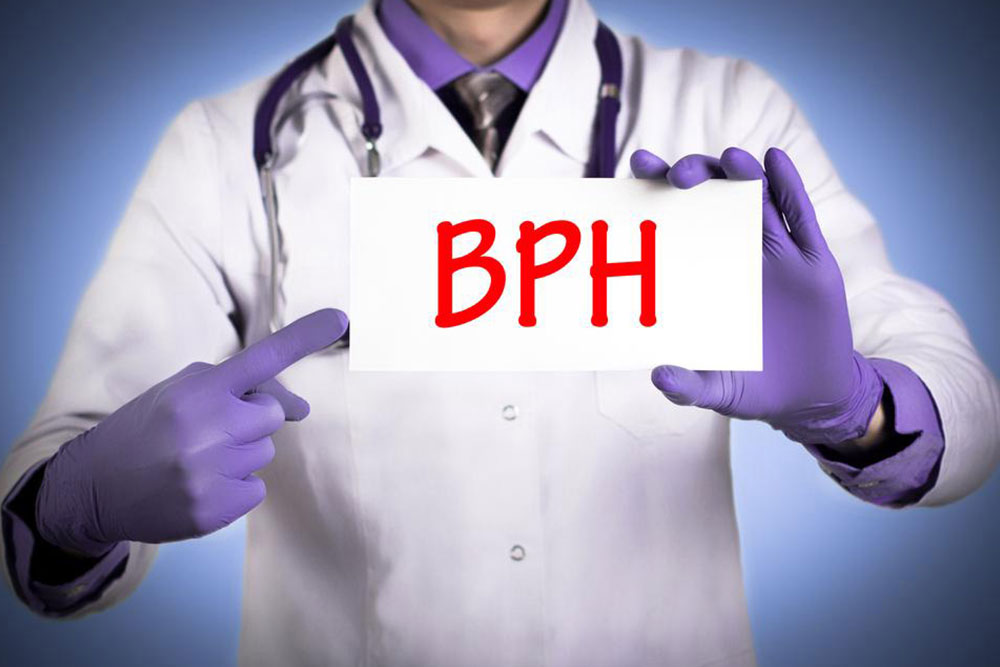Comprehensive Guide to Prostate Enlargement: Symptoms, Causes, and Treatment Options
This article offers a thorough overview of prostate enlargement, including common symptoms, diagnostic signs, and various treatment options. It emphasizes age-related prevalence, symptom categories, and both medical and surgical interventions, providing valuable information for men over 50 experiencing urinary issues.

Comprehensive Guide to Prostate Enlargement: Symptoms, Causes, and Treatment Options
Experiencing frequent nighttime visits to the bathroom or urgent needs during the day may signal prostate enlargement. Discomfort during long flights or meetings can also suggest benign prostatic hyperplasia (BPH). According to the NKUDIC (National Kidney and Urological Disease Information Clearinghouse), BPH commonly affects men over 50 years old.
As highlighted by the AUA (American Urological Association), nearly half of men aged 60 and above experience BPH, with the prevalence rising to 90% by age 85.
Signs and Symptoms
Indicators include trouble starting urination, dripping, and leakage. Frequent nighttime trips disturb daily routines. Symptoms can worsen with stress or cold weather, classified into two groups:
Urinary voiding problems:
These involve pain during urination, urgent urges, incomplete bladder emptying, post-urination dribbling, weak urine flow, and difficulty initiating urination.
Storage symptoms:
This category includes sudden urgent urges, increased frequency, and nocturia—waking multiple times at night to urinate. The severity varies from mild to severe, regardless of prostate size.
Treatment Approaches
Options include medications, minimally-invasive procedures, and surgeries. The selection depends on symptom severity, age, and health status. Surgery often provides the most definitive relief but involves higher risks. Medications like Alpha Blockers alleviate symptoms, while 5-alpha reductase inhibitors can shrink the prostate by reducing DHT levels.
Minimally-invasive therapies such as TUMT (transurethral microwave therapy), TUNA (radiofrequency ablation), and prostate stents help maintain urethral openness for mild to moderate cases. For advanced cases, surgical options like TURP (transurethral resection), TUIP (prostate incision), laser surgeries, and prostatectomy are considered.


